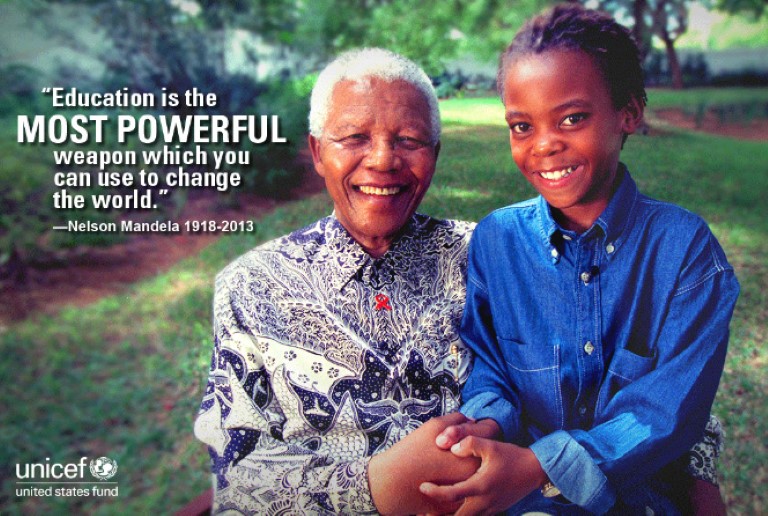Higher education
Strong universities have repeatedly proved to champion the causes of human rights, equality and democracy. Token democracies and corrupt regimes have been overthrown through freedom of speech and due pressure.
Gender equality has also been strengthened through universities exerting influence. In East Africa, for example, gender studies at the universities led to concrete political resolutions to combat gender-based harassment.
Social benefit
Demographic challenges:
Researcher Alcinda Honwana from Mozambique describes the crisis many young people are experiencing in Sub-Saharan Africa in her lectures and books, and in this interview during a visit to Norad in April 2014.
The 49 least developed countries (LDCs) in the world face a major demographic challenge, according to the United Nations Conference on Trade and Development (UNCTAD) in a report published in 2013. The population of these countries is expected to double to 1.7 billion by 2050.
By 2050 the number of young people aged between 15 and 24 could increase from 168 million (2010 figure) to 300 million. One in every four of the world's youth will by then be living in the least developed countries.
In 2013, the World Bank calculated that at least 600 million new jobs will be needed in the world in the course of the next 15 years. Given current growth rates, over 70 per cent of people in extreme poverty will be living in Sub-Saharan Africa in 2030. If they are to secure meaningful jobs and resolve social issues, young people must have access to the full educational chain, from primary, to secondary and tertiary.

Working for a knowledge-based society:
The website University World News reported from a forum on higher education in science, technology and innovation that was held in Kigali, Rwanda, in March 2014:
The host country, Ethiopia, Mozambique, Uganda and Senegal committed to investing more in science, technology and engineering, in pursuit of a knowledge-based society. Although Sub-Saharan Africa has 15 per cent of the global population, these countries only have three per cent of all researchers in science, technology and innovation.
Projections show that the number of applicants for tertiary studies will double by 2025, and that most of the increase will take place in low- and middle-income countries. Greater capacity is needed to educate a larger number and better candidates. In parallel with offering more youth the opportunity of higher education, institutions and authorities must ensure that the training is relevant and of high quality, in the interests of both the individual and society in general.
A major challenge for the poorest countries is that highly qualified people leave. Preventing brain drain is one of the objectives of Norwegian support to collaborations between universities and think tanks in low- and middle-income countries, for example via NORHED and the African Economic Research Consortium (AERC).
Missing data
Statistics on completed education:
UNESCO offers statistics on completed education on all levels. To see the numbers, visit this website withUNESCO-statistics, open the category educational attainment under education (full dataset), and choose the table population by completed level of education. ¨view the columns 22-24 (X-Z i excel) for higher education.
By supporting higher education, Norway contributes to leveling out the great differences in educational opportunities for the youth of the world. According to UNESCO's Institute for Statistics (all figures from 2011), 1.1 per cent of Ethiopia's population had completed higher education. Broken down by gender, 0.4 per cent of women and 0.9 per cent of men had higher education.
In Norway, 31.4 per cent had completed higher education: 33.6 per cent of women and 29.1 per cent of men. In Pakistan, 7.4 per cent had completed higher education: 4.6 per cent of women and 9.9 per cent of men.
Norad's Results Report for 2013 describes the goals achieved in Norway's support for higher education in Indonesia (see page 52 in pdf), where 7.9 per cent of the population had higher education in 2011: 7.5 per cent of women and 8.2 per cent of men.
For countries such as Afghanistan, Haiti, Somalia and Zambia there are no statistics that UNESCO has been able to cite on the education completed by the population at any level. The empirical data are not good enough to allow statistics to be extracted on the level of education achieved globally. It is particularly difficult to obtain data from a number of low-income countries, but UNESCO also lacks this statistic for the middle-income country of India. See global overview in the statistics on the right-hand side of the page.
According to this blog post from the World Bank (2013), only seven per cent of the relevant age group in Africa are university students, while the world average is 30 per cent.
